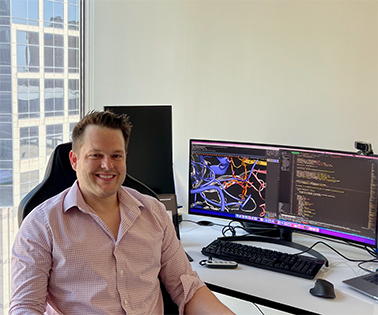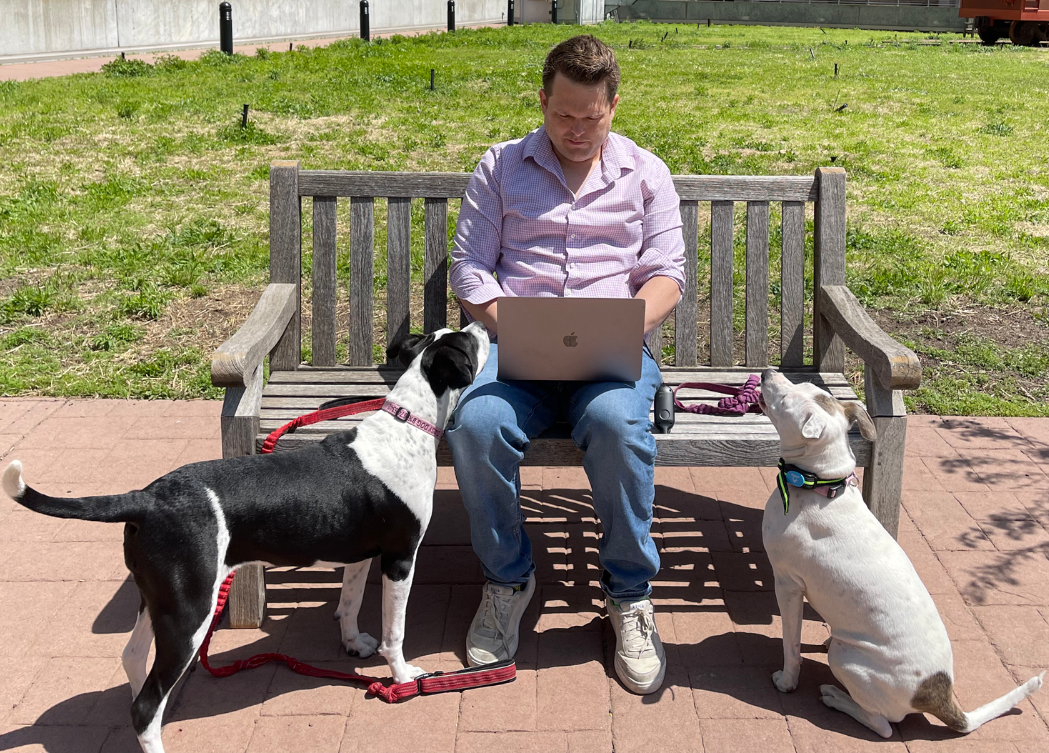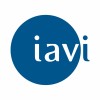
Well folks, something is rotten in Kansas City. The more I research this story the worse it gets. There is every reason in the world why Jordan Willis should be prime suspect in at least a WRONGFUL DEATH case if not Homicide.
There is every reason in the world at this point to suspect a COVER UP. Jordan is a very well connected character. He is extremely, above extremely knowledgeable of drugs/chemicals, how to mix them, how they behave in the body, and dosage levels.
The whole story is very suspicious and it is tragic that in this story, being not only the three young men cut down in their prime, but their immediate families and extended families, are not being given the respect and consideration they deserve. They have a right to expect the law to do everything possible to bring the guilty party to justice.
Only the preliminary tocology results have been received. BUT, enough to know that these men were drugged… with an OVER THE LETHAL DOES of Fentanyl.
I don’t think there is a single person, having heard all the facts in this story, that believes Jordan Willis or considers him to be innocent, let alone a victim in this case.
In the United States today, the only things that matter is how much money you make and who you know!! There is no justice.
THERE IS A LOT OF NEW INFORMATION REGARDING THIS CASE. THESE VIDEOS WERE EACH PLACED HERE BECAUSE THE HAVE MERIT. CONVEYING EXCELLENT INFO AND EYE OPENING TRUTH. I HOPE YOU WILL VIEW THEM ALL.
spacer
IAVI’s Post
Meet the IAVI scientist applying new and emerging technologies to one of the toughest challenges facing HIV vaccine researchers today
Jordan R. Willis, Ph.D., senior principal scientist, IAVI Neutralizing Antibody Center, Schief Lab, La Jolla, CA/Kansas City, MO

What is the focus of your work?
I am a senior principal scientist and work on data science, deep learning, and synthetic biology. I work within the Schief Lab at the Scripps Research/IAVI Neutralizing Antibody Center (NAC) to apply data science, software development, and immunogen engineering to the germline targeting problem within HIV vaccine development. I also conduct the data analysis and interpretation for IAVI’s clinical HIV vaccine trials.
We know germline targeting is one of the toughest problems facing HIV vaccine researchers today. How would you describe this challenge in your own words? And why is germline targeting important to HIV science?
Generally, the problem we face is that there are only a few ways in which we think we can effectively immunize against HIV. I like to think of the immune system as a military academy where we are training soldiers (antibodies) to fight HIV. That is, we need super soldier antibodies ready to protect against infection before it can take hold. Sadly, these super soldiers are not hanging around in our immune system ready to fight, and we must train them from cadets. That’s where vaccines come in; they are designed to train cadets into soldiers. Here’s the catch: most of the cadets in our immune system do not have what it takes to become super soldiers required to fight HIV. We must specifically look for these rare cadets that have the properties to grow up into super soldiers. We call these super soldiers broadly neutralizing antibodies (bnAbs). Finding the right cadet is the germline targeting problem. They are very infrequent and have rare properties. And that is essentially the germline targeting problem in a nutshell: finding very infrequent things and training them to fight HIV.
Why is HIV different? Our bodies usually tackle viruses with just sheer numbers of antibody soldiers, attacking any part of the virus they can reach. But we cannot do this with HIV because HIV is a very clever virus. For other pathogens, usually you can vaccinate with just a single strain of a virus and get pretty good protection; we have seen this with COVID. But COVID can’t mutate as fast as HIV, it cannot shift that quickly, and it takes months to mutate. In contrast, if we take one strain of HIV and we immunize against it, we will no doubt protect against that strain, but HIV will quickly mutate to the next strain, effectively making the immunization worthless.
Because of this rapid mutation, we are thinking about HIV vaccines differently. We are after a single type of super soldier, whereas for something like COVID, you don’t really care who the soldiers are as long as there are a lot of them. For HIV, we’re looking for quality over quantity.
What do you hope your work as a scientist will accomplish for high-risk populations and globally? What motivates you to get up every day and contribute to global health research and development?
I hope my work will create an efficacious vaccine for HIV that will end the epidemic, and I think we are on the right track. The difficulty of the problem motivates me. Getting an efficacious vaccine for HIV is the hardest standing problem in the field of vaccinology. It has been for the past 35 years. The out-of-the-box thinking that is required to get an HIV vaccine is highly motivating.
What about your work is unique within the global health research and development landscape?
I am a hybrid scientist. I came from the wet lab (i.e., working in a carefully designed laboratory with chemicals and potential “wet” hazards) with very little knowledge of how computational biology works. I slowly developed the skills and now I work 100% at my desk, using computers for analysis and designing experiments. My background is useful for good communication between the wet lab scientists and the bioinformatics/computational scientists. Knowing how to navigate those two worlds is a valuable and unique skill.
We’ve collected these special antibodies, called bnAbs, from people who’ve acquired HIV and are living with infection for at least three years. With these antibodies, we started to work backward to reverse engineer a vaccine. We studied exactly how the body made bnAbs and tried to mimic how the immune system did it. It’s a new way of thinking about how vaccines work and how we can elicit antibodies to these very difficult targets. And the IAVI G001 trial indicates that it’s working. So, I completely believe that this philosophy of germline targeting and building an antibody from the ground up using a vaccine will work.
Obviously, we don’t have 3-20 years to elicit bnAbs; we have a finite number of vaccines we can give in a sequence. We can only have people get so many vaccine doses before patients get tired of getting shots, which is what’s happening with the COVID-19 booster shot. So, we’re very conscious of getting there in the most efficient manner possible. We need to get protection in the fewest number of prime-boost schemes. Especially for high-risk populations and for those who must travel long distances to a clinic, it’s just not going to be possible to have people come back 10 times. So, user-centered-design is something we’re very conscious of in our development of vaccine schemes.
What is one thing that you want people to know and understand about your research? What do you want people to walk away remembering?
If you can believe it, there is a lot of hesitation in the science community to use the latest technology. People grip onto the things they’ve been doing for years, and I think we need to try new approaches. I love trying new technology. I love reading about new software and analytics techniques. And we shouldn’t be afraid of embracing new technology.
The fundamental technology applied to get you fast Google searches can be applied to major health problems, too. The same fundamental deep learning algorithms used to make Snapchat filters can be used to do important things in global vaccine design and vaccine analysis. You’d be surprised how much those two things are tied together. The same silly tech that turns our faces into cats on TikTok can be used to analyze vaccine responses. We have so much data coming back from clinical trials, and we could use these new fundamental deep learning techniques and computational algorithms to look for patterns, to design, and to do predictions. The tech industry and the global health industry — we can be more aligned than you think. And we need to be more aligned to solve all these public health issues.
I don’t know if a couple of years ago the health R&D field and the tech industry would have come together like they are now, but I think they need each other. We need to do the foundational research, and we need to use their tech, and they can be synergistic. I believe this collaboration is taking off right now, especially with the addition of Moderna’s mRNA technology. All these ideas are coming together with new technology, and we’re getting somewhere. And it’s so exciting to be a part of it.
Who has been an important influence on your work or a mentor you’ve looked up to?
Two come to mind. One was a computational biologist, and the other was an antibody scientist. They both mentored me and allowed me to create an interdisciplinary role and complete training in both fields.  They didn’t hesitate, either.
They didn’t hesitate, either.
What is one thing people would be surprised to know about you?
I don’t know if this is a surprise anymore, but I am a dog fanatic. I have two pit-bull mixes I got from a rescue shelter, and they are the light of my life. They are named Sadie and Daisy. I love to take them for walks and go to the park. I even name my software packages after them.
(but, his neighbors said, that they were aware that he had dogs, but never saw him out walking them. So, where, when and how did he walk those dogs And, if he is so enamored of them, why were they not home with him that fateful night?)
spacer
spacer
spacer




